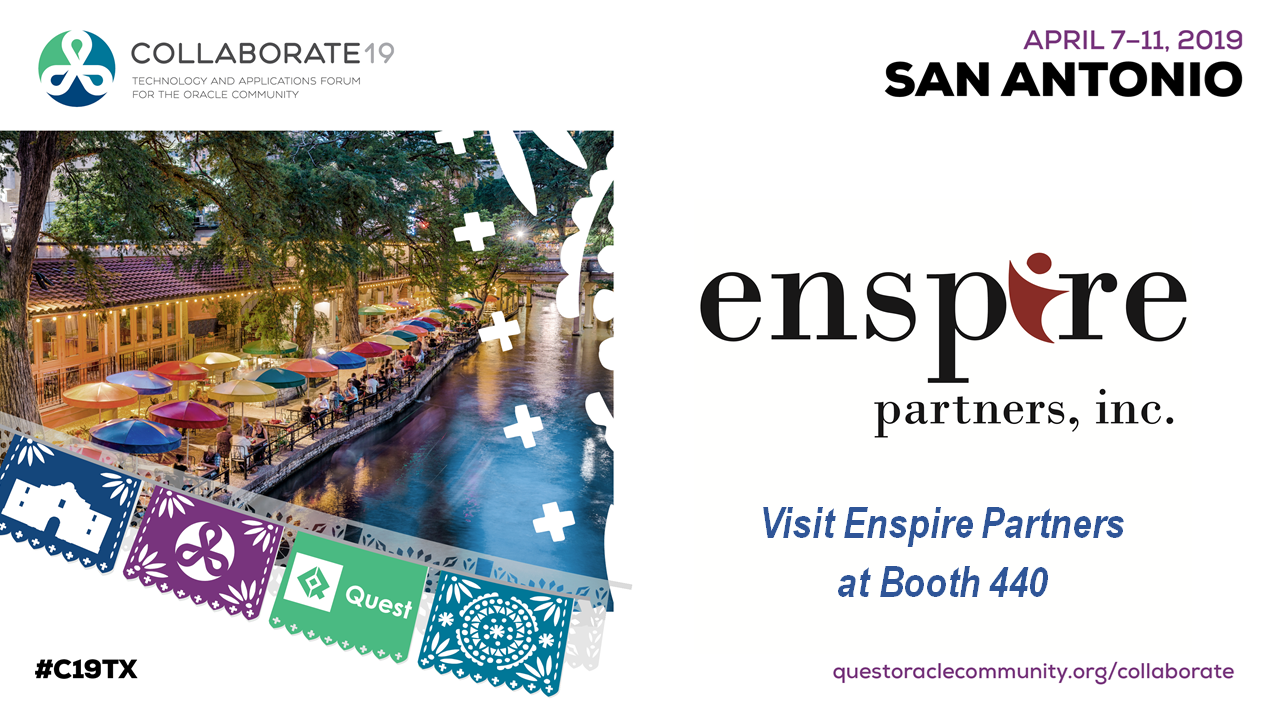

Job Opportunities for Cybersecurity Professionals.
Specific roles in Cybersecurity vary, and it can take time to figure out which niche you want to target.




Specific roles in Cybersecurity vary, and it can take time to figure out which niche you want to target.

